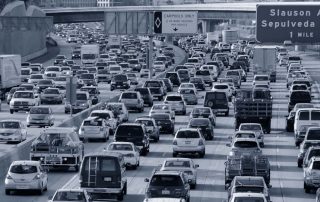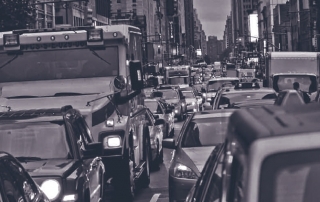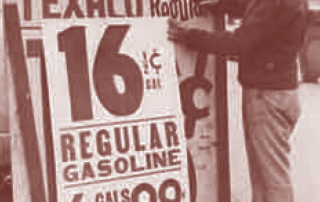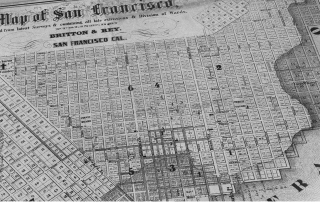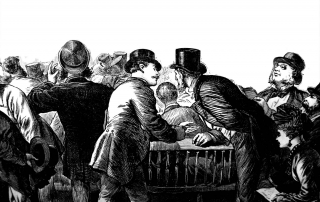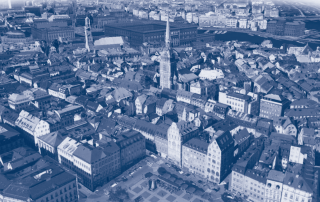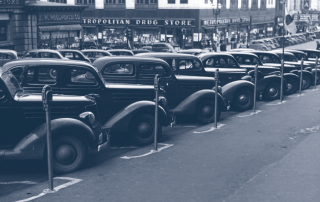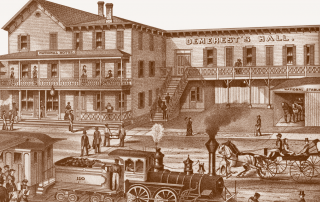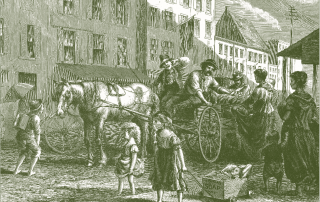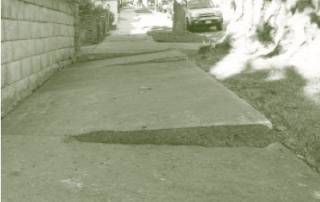THE ACCESS ALMANAC: Traffic Congestion Is Counter-Intuitive, and Fixable
Brian D. Taylor
To live in Los Angeles is to endure chronic traffic congestion. Cities are places where people cluster together to create and enjoy the benefits of economic wealth, cultural vibrancy, intellectual exchange, and more. But with clustering comes traffic — often lots of it. While nearly everyone agrees that traffic is a problem, opinions diverge widely on what to do about it.

